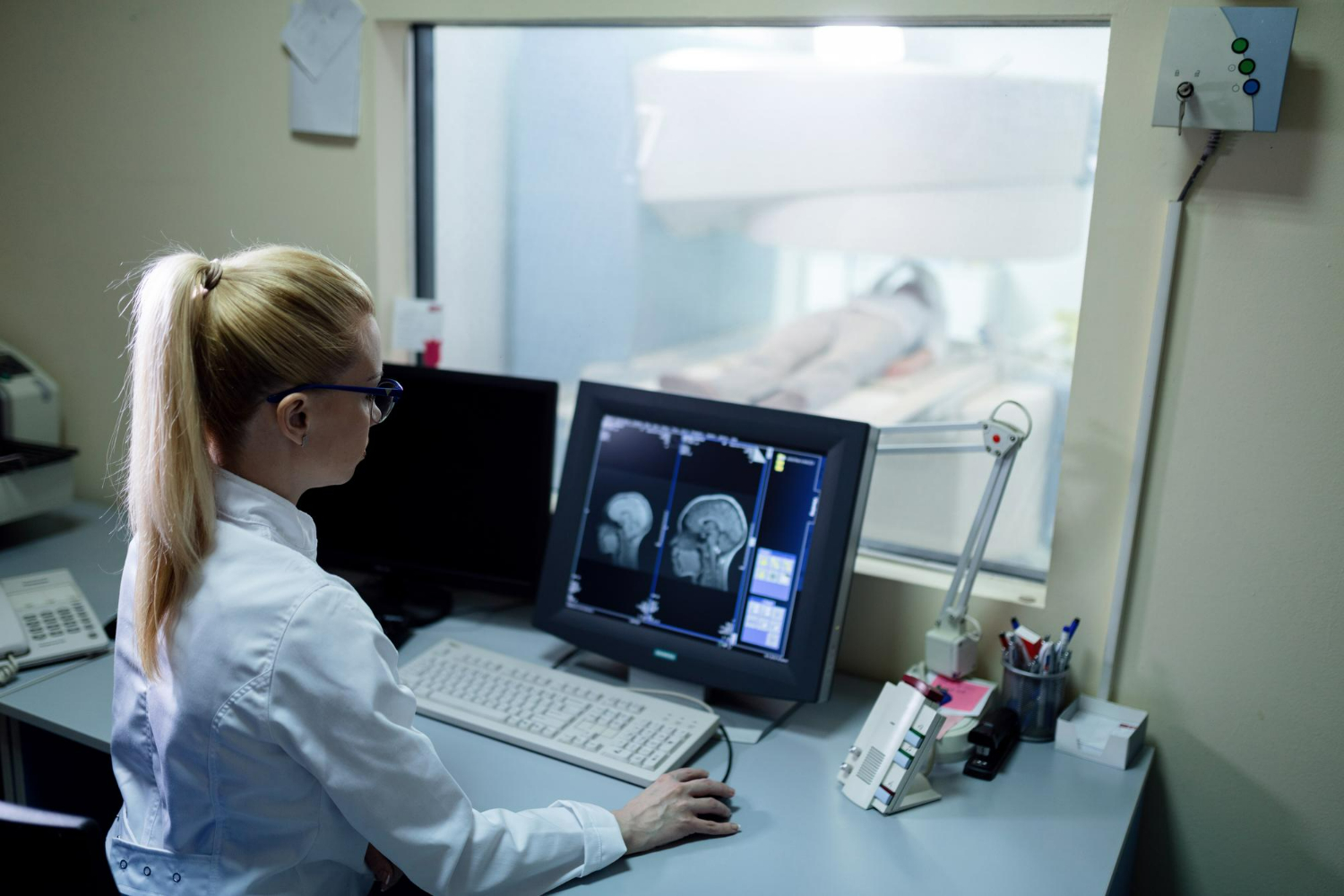Introduction
Polydipsia, a condition characterized by excessive thirst, is often an indication of an underlying medical issue. Understanding the causes and symptoms of polydipsia is crucial for timely diagnosis and appropriate management. In this article, we will delve into the physiology of thirst regulation, common and less common causes of polydipsia, its symptoms, diagnostic evaluation, treatment approaches, potential complications, and preventive strategies.
Physiology of Thirst Regulation
The sensation of thirst is regulated primarily by the hypothalamus, a region of the brain responsible for maintaining homeostasis in the body. Various mechanisms, including hormonal signals and neural pathways, contribute to the sensation of thirst, prompting individuals to seek and consume fluids when necessary.
Common Causes of Polydipsia
Polydipsia can be a symptom of several medical conditions, including diabetes mellitus, diabetes insipidus, hypercalcemia, and psychogenic polydipsia. In diabetes mellitus, both type 1 and type 2, elevated blood glucose levels lead to increased thirst as the body attempts to dilute excess glucose in the bloodstream. Diabetes insipidus, on the other hand, involves either insufficient production of antidiuretic hormone (ADH) or kidney insensitivity to ADH, resulting in excessive urine production and subsequent thirst. Hypercalcemia, characterized by elevated levels of calcium in the blood, can stimulate thirst as a compensatory mechanism. Additionally, psychogenic polydipsia, often seen in psychiatric disorders, involves excessive fluid intake without physiological need.
Less Common Causes of Polydipsia
Less common causes of polydipsia include hypokalemia, hypothalamic lesions, and certain medications. Hypokalemia, or low potassium levels, can affect renal function and lead to increased thirst. Hypothalamic lesions, such as tumors or trauma, can disrupt the normal regulation of thirst. Certain medications, including diuretics and psychotropic drugs, may also induce polydipsia as a side effect.
Symptoms of Polydipsia
Symptoms of polydipsia typically include excessive thirst, increased urination (polyuria), dehydration, and electrolyte imbalances. Individuals may feel constantly thirsty despite drinking large amounts of fluids, which can result in frequent urination and dehydration if not adequately addressed. Electrolyte imbalances, particularly sodium and potassium, may occur due to fluid shifts in the body.
Diagnostic Evaluation
Diagnosis of polydipsia involves a thorough medical history, physical examination, and laboratory tests. Medical history may reveal underlying medical conditions or medications that could contribute to excessive thirst. Physical examination may identify signs of dehydration or other associated symptoms. Laboratory tests, including blood glucose levels, serum electrolytes, and urine specific gravity, help assess hydration status and identify underlying causes of polydipsia.
Treatment Approaches
Treatment of polydipsia focuses on addressing underlying conditions, fluid restriction (in certain cases), and pharmacotherapy. Management of conditions such as diabetes mellitus or diabetes insipidus is essential for controlling polydipsia. In cases of psychogenic polydipsia, behavioral interventions may be necessary to reduce excessive fluid intake. Pharmacotherapy may include the use of antidiuretic hormone analogues or diuretics to regulate fluid balance.
Complications of Untreated Polydipsia
Untreated polydipsia can lead to dehydration-related complications, electrolyte imbalances, and impaired kidney function. Severe dehydration can result in hypovolemic shock or organ damage. Electrolyte imbalances, particularly hyponatremia or hypokalemia, may cause cardiac arrhythmias or neurological symptoms. Prolonged polydipsia can also affect kidney function and contribute to the development of kidney disease.
Lifestyle Modifications and Prevention Strategies
Lifestyle modifications and prevention strategies for polydipsia include education and awareness, monitoring fluid intake, and regular medical check-ups. Educating individuals about the importance of maintaining hydration balance and recognizing early signs of polydipsia can promote timely intervention. Monitoring fluid intake, especially in individuals at risk of excessive thirst, can help prevent dehydration and associated complications. Regular medical check-ups allow for early detection and management of underlying conditions contributing to polydipsia.
Conclusion
In conclusion, understanding the causes and symptoms of polydipsia is essential for early recognition and appropriate management. By addressing underlying medical conditions, implementing lifestyle modifications, and promoting awareness, individuals can maintain optimal hydration balance and prevent associated complications. Timely intervention and treatment are key to promoting overall health and well-being in individuals experiencing polydipsia.



















